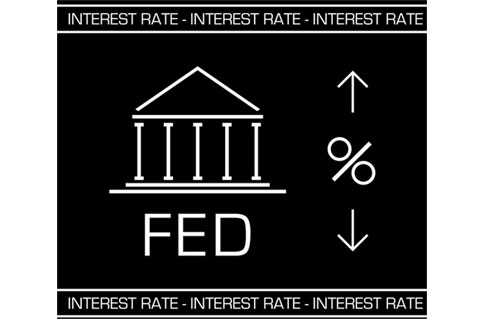News March 22, 2016
Fed Keeps Interest Rates at Existing Levels
The Federal Reserve has decided to keep interest rates at current levels while reducing the number of future increases, in light of economic uncertainty across the globe. In December, the central bank of the United States had forecasted four rate hikes in 2016. However, new estimates released on March 16 brought that number down to two, while officials shrank expectations for economic growth and inflation.

The Federal Open Market Committee (FOMC), which decides interest rate levels, now also expects just two hikes in 2017, according to the most recent Summary of Economic Projections.
“Proceeding cautiously will allow us to verify that the labor market is continuing to strengthen given the economic risk from abroad,” said Janet Yellen, Chair of the Federal Reserve, at a press conference after the announcement.
In December, officials had expected the upper level of the interest rate target to climb to 1.4% by the end of 2016. However, new projections point to a .9% funds rate this year, and a 1.9% level by the end of 2017, both of which reflect cuts of half a percentage point. The current interest rate target is .25% to 0.5%.
Additionally, the Fed reduced its GDP growth outlook for 2016 from 2.4% to 2.2%, and from 2.2% to 2.1% for 2017, indicating lukewarm expectations for economic growth. The central bank noted that the labor market is strengthening, but it is still looking for inflation to reach its 2% target, which is currently threatened by volatility in world financial markets.
However, FOMC officials are confident that labor market improvement will impel growth and bring inflation back to its 2% target, and they say they expect the U.S. economy to continue to “expand at a moderate pace.”
Among the factors affecting economic growth are low oil prices, uncertainty in China and unstable European economies. Furthermore, experts say it will be difficult for inflation to reach 2% while European and Japanese central banks continue to implement negative interest rate policies.
The decision on March 16 to maintain low interest rates was approved 9-1 by the FOMC. In a statement on the final decision, the committee referred to “global and financial developments (that) continue to pose risks.” This is in contrast with the December statement, which said the committee was only “closely monitoring” those conditions.
“Household spending has been increasing at a moderate rate, and the housing sector has improved further,” the FOMC said in an official statement after the announcement. “However, business fixed investment and net exports have been soft.”
